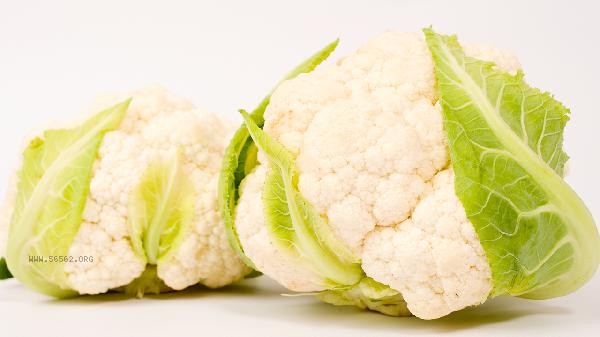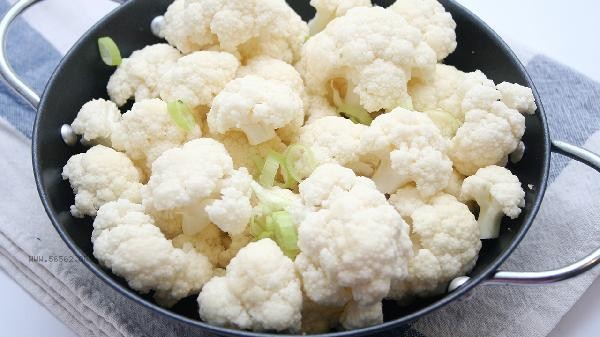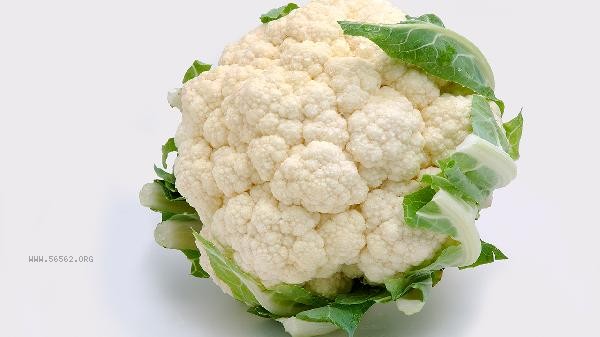White cauliflower can extend its shelf life through refrigeration, vacuum sealing, blanching and freezing, drying, and light avoidance storage. Attention should be paid to humidity control, temperature stability, avoiding squeezing, regular inspection, and packaging processing during storage.

1. Refrigerate storage
Wrap the white cauliflower with plastic wrap or put it in a plastic bag to remove air, and place it in the fruit and vegetable compartment of the refrigerator. Keeping the refrigeration temperature at around 4 degrees Celsius can delay respiration and reduce water loss. When black spots appear on the surface of cauliflower, the spoiled part should be immediately cut off. The whole piece should be stored for a longer period of time before being cut. Cold stored white cauliflower is recommended to be consumed within 5 days for optimal taste.
2. Vacuum sealing
Using a food grade vacuum bag to remove air and seal, it can effectively isolate oxygen and slow down oxidation. Vacuum state can inhibit microbial reproduction and extend the shelf life of white cauliflower to 7-10 days. Pay attention to wiping off surface moisture before vacuuming, and store in refrigeration even after sealing. This method is suitable for short-term storage and can maintain a crisp and tender taste, but the equipment cost is relatively high.
3. Blanch and freeze
Blanch the white cauliflower in small pieces for 1-2 minutes, then rinse with ice water, drain the water, and put it in a freezer bag. Rapid freezing can lock in nutrients and have a shelf life of up to 3 months. Cooking directly without thawing before consumption is suitable for making stews or soups. Freezing can cause changes in cell structure, resulting in a soft and sticky texture, which is not suitable for cold dishes that require crispness.

4. Drying treatment
Cut the cauliflower into thin slices and dry or sun dry them. After complete dehydration, seal and store them in the dark. Dry state can be stored for more than half a year, and can be used for cooking soup after rehydration. This method may result in the loss of some water-soluble vitamins, but the retention of dietary fiber and minerals is better. Pay attention to keeping the environment clean during the drying process to avoid mold growth.
5. Avoid light storage
White cauliflower is sensitive to light, which accelerates chlorophyll decomposition and causes yellowing. Regardless of the storage method used, direct sunlight or strong light should be avoided. It can be wrapped in opaque containers or tin foil, and kept away from fruits with high ethylene release, such as apples and bananas, to prevent ripening and spoilage.

When choosing fresh white cauliflower, it is advisable to choose those with compact flower balls, white color without black spots, and fresh stem incisions that are more durable for storage. There is no need to clean before storage, as damp environments can easily breed bacteria. Different storage methods can be used in combination, such as refrigerating for short-term consumption and blanching and freezing excess parts. Soaking in light salt water before cooking can remove residual pesticides and small insects, and stir frying over high heat can maximize the retention of nutrients. It is recommended to consume cruciferous vegetables every week in daily diet, which contain glucosinolates with antioxidant properties. However, individuals with thyroid dysfunction need to control their intake.








Comments (0)
Leave a Comment
No comments yet
Be the first to share your thoughts!